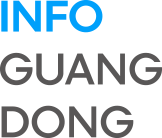At the China Pavilion of the 2025 World Expo in Osaka, Japan, a miniature model of a "Future Rail City" has become the focal point of attention. A steady stream of Japanese visitors and rail enthusiasts from around the world paused in awe. As they witnessed the seamless integration of all rail systems via a single mobility code, many exclaimed, "So advanced! This is the future life in China!"
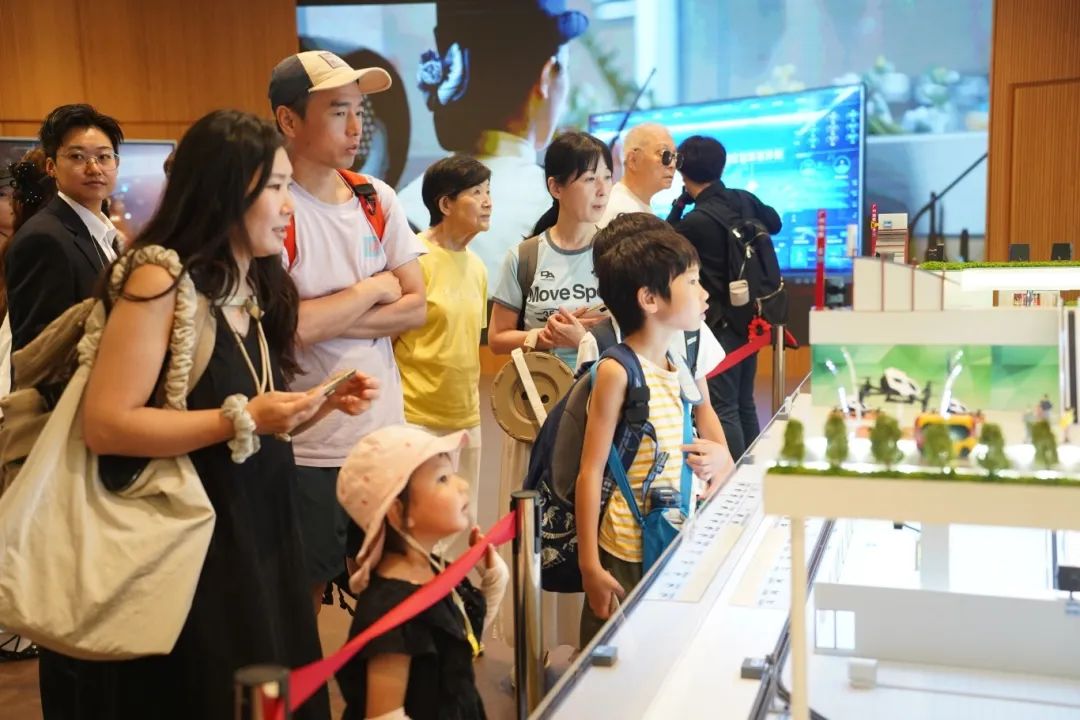
As one of the most popular international pavilions, the China Pavilion hosted the "Guangdong Week" from June 27 to 29. Guangzhou Metro Group, the sole urban rail transit enterprise from Guangdong to participate, vividly demonstrated how smart technologies are reshaping urban life to a global audience.
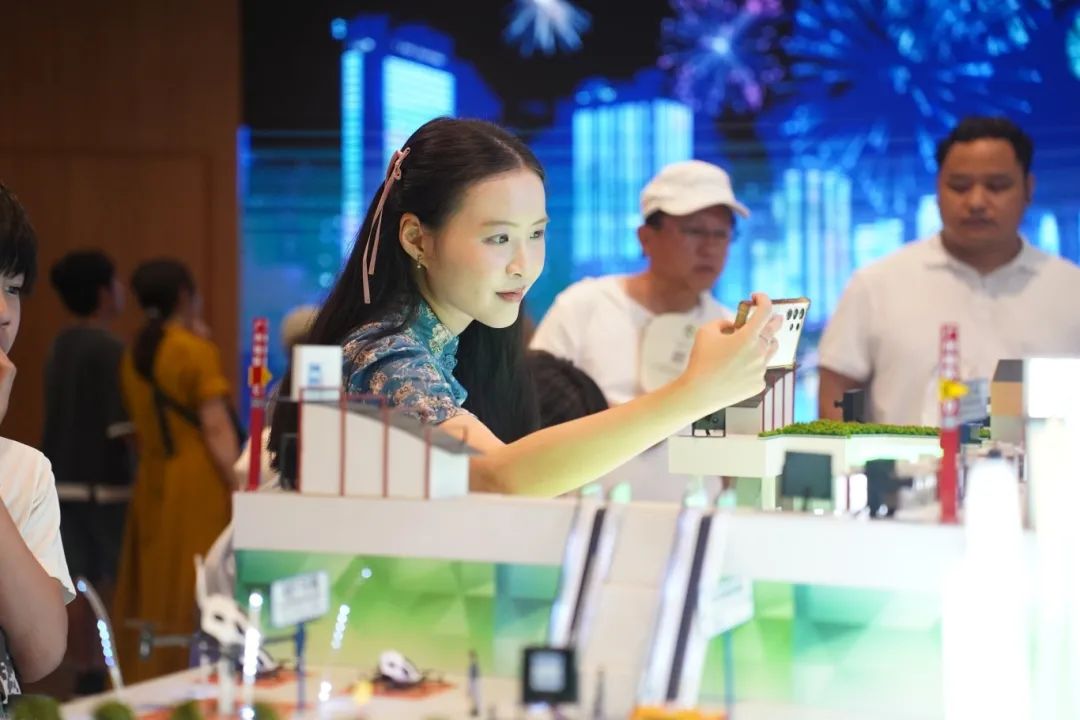
At the heart of Guangzhou Metro's exhibit was the "SWIFTON OS", China's first self-developed intelligent rail transit operating system. Already deployed on Guangzhou Metro's Line 18 and Line 22, the system enables frictionless fare gates, intelligent passenger flow management, one-click station opening and closing, AI-based video inspections, and smart restroom guidance. On the operations side, with the rollout of IoT-based smart O&M systems, maintenance staffing requirements have been reduced by 16%, and manual station patrols have been shortened from 1 hour to just 10 minutes.
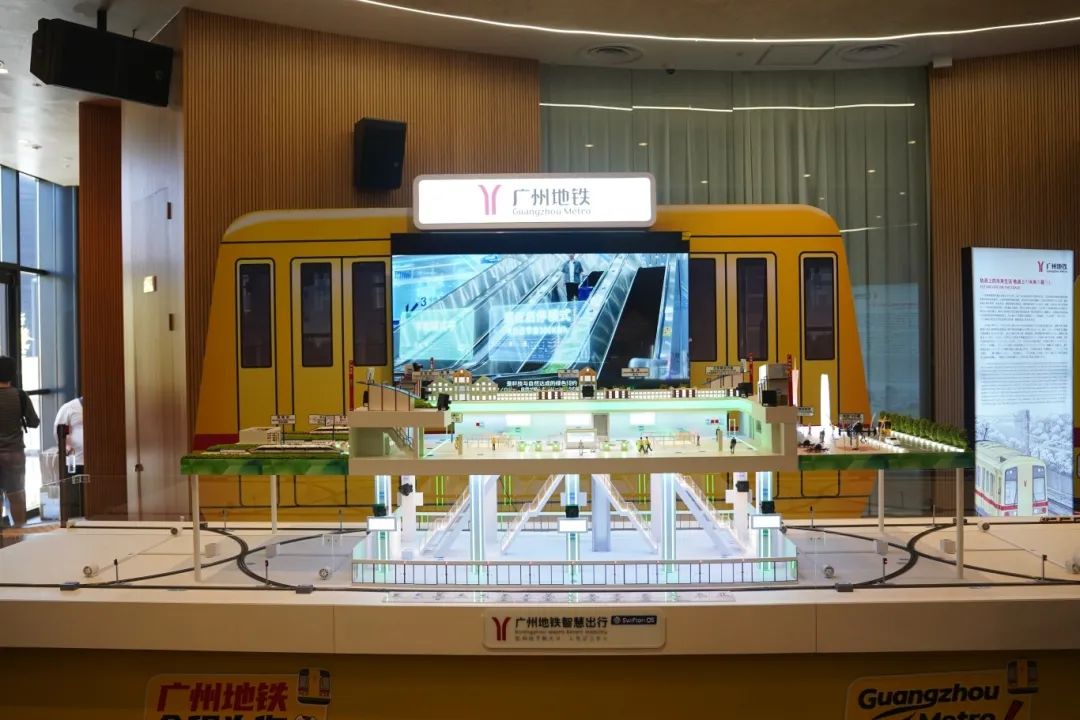
At the exhibition, the "SWIFTON OS" showcased its role as the "Urban Transportation Brain", using object modeling and digital twin technology to integrate real-time data from eight train operation scenarios and twelve categories of equipment. In an emergency dispatch simulation, the system generated fault rerouting and passenger dispersal plans in just 15 seconds, giving visitors a tangible sense of AI's power to resolve urban congestion.
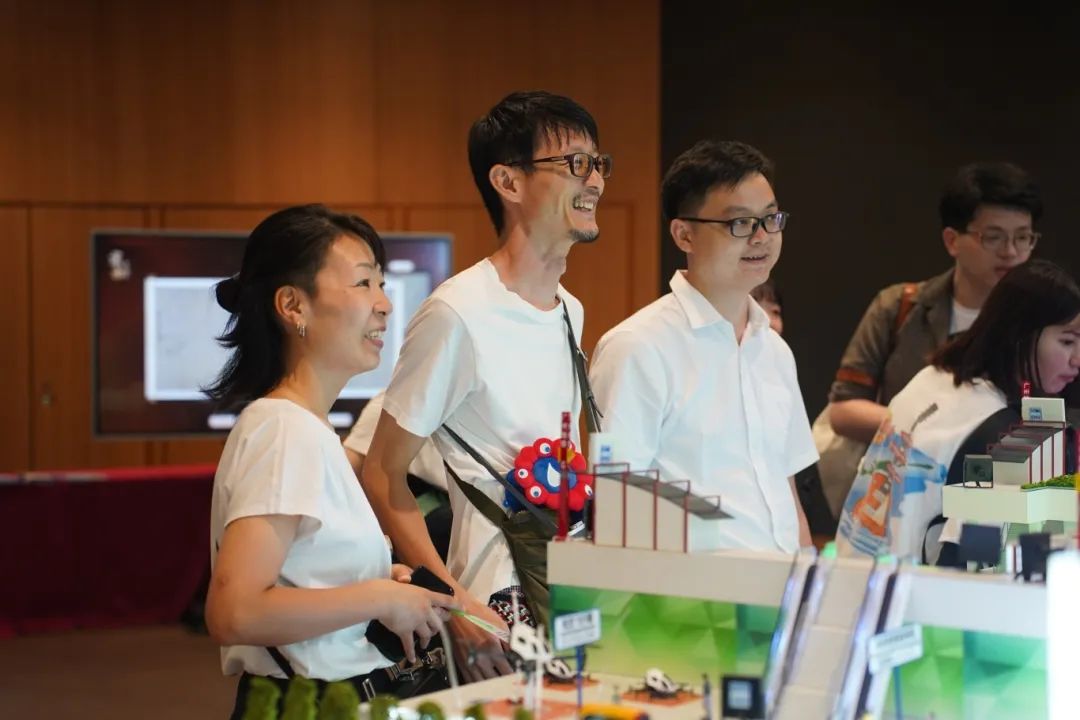
The eight train operation modes included "Metro Direct Shuttle," "Intercity Direct Shuttle," and "Metro Track-Switching Shuttle," simulating a variety of real-world service scenarios. Passengers can seamlessly transfer from high-speed rail to city and suburban rail, realizing the vision of "mobility as a way of life."
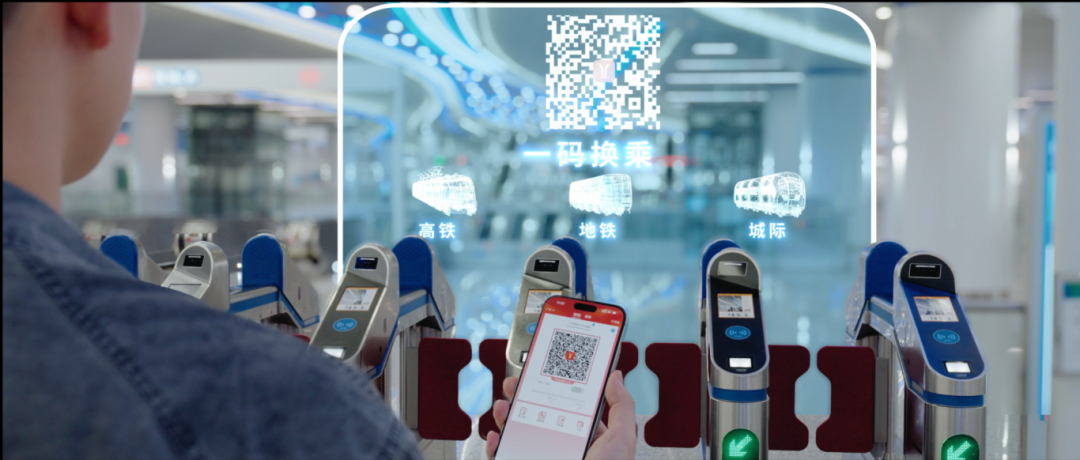
At the interactive display, visitors could experience "one-code access" across metro, suburban, intercity, and national rail systems. This seamless integration of four rail networks exemplifies Guangzhou Metro's strategic goal of achieving fully interconnected, shared, and interoperable rail infrastructure.
Mr. Suzuki, a local from Osaka, recalled his amazement at Chinese culture and innovation during the 2010 Shanghai Expo. Visiting the China Pavilion again 15 years later, he was deeply impressed by the "SWIFTON OS" and asked, "Is this what the future of Guangzhou Metro looks like?" Upon learning that the system had already been operational since 2021, he was even more astonished at the technological progress made.
During the Expo, Guangzhou Metro welcomed an average of 12,000 visitors per day, becoming one of the most prominent brand presences in the China Pavilion's multi-functional hall. Going forward, Guangzhou Metro will continue to leverage urban rail transit as a platform to enhance industrial capability and technological innovation. It will further explore cross-system, seamless transit integration, and accelerate the development of an efficient, well-structured, shared, and world-class urban rail network.
Source | Foreign Affairs Office of Guangzhou
